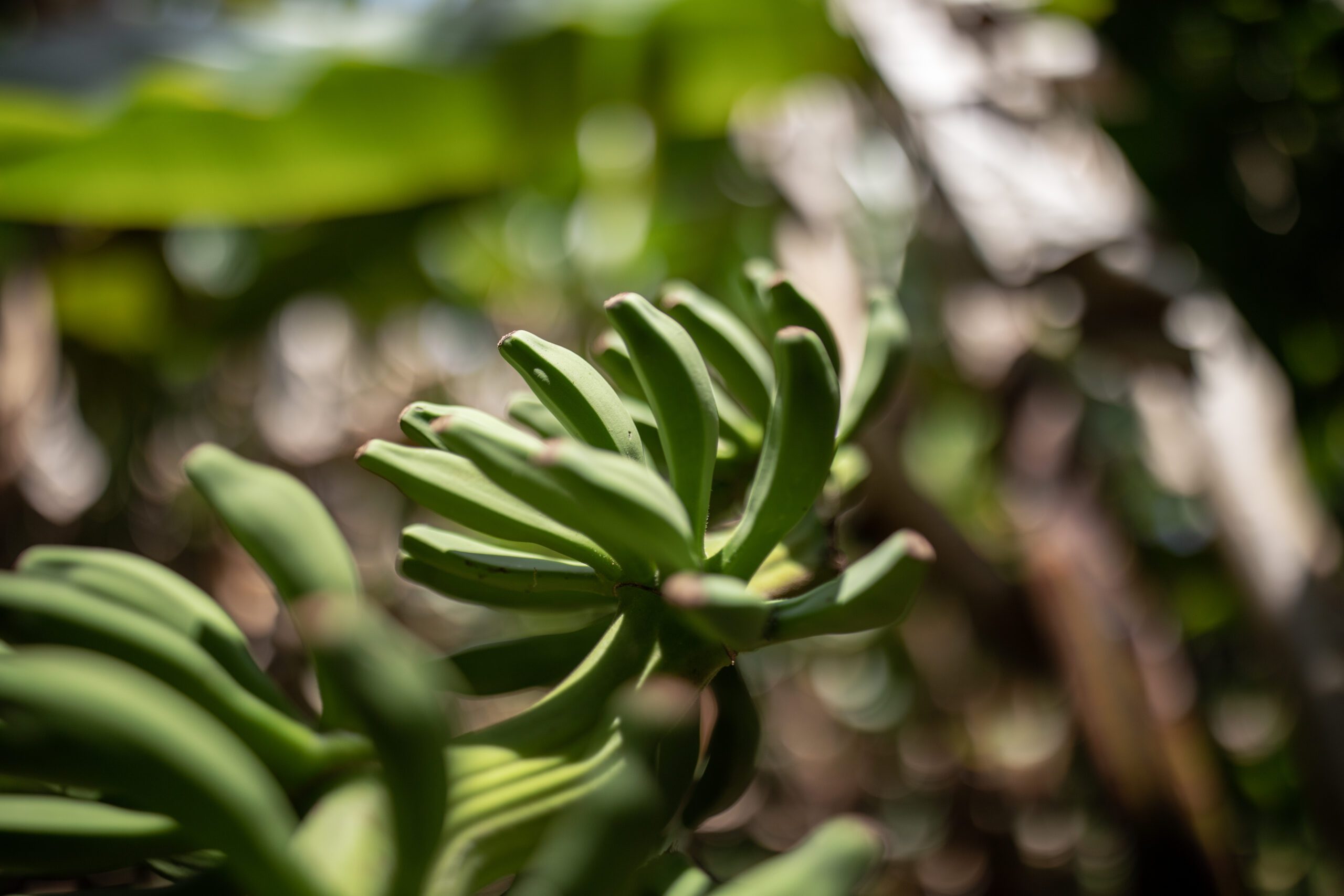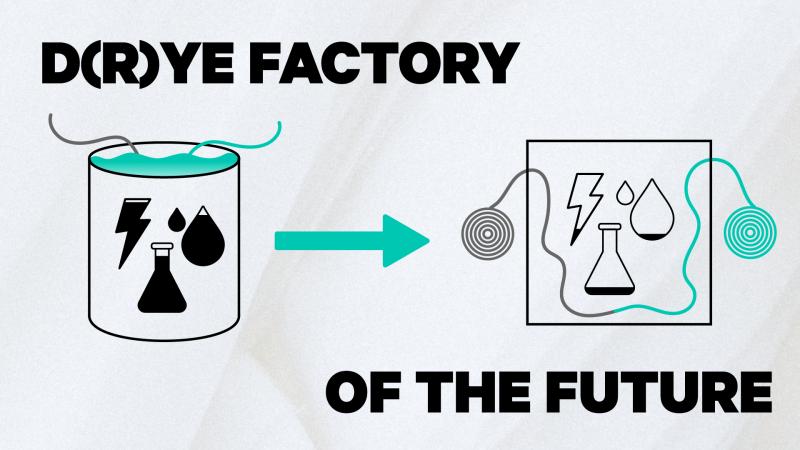In Conversation with Living Ink: Turning Biomass Waste Into Value
Image by Living Ink
10 July 2024
Can you tell us about Living Ink, how it started, and what the organisation does?
Living Ink is on a mission to make black materials “greener” through transforming biomass waste into value-add, renewable color solutions. Headquartered outside of Denver, Colorado, Living Ink partners with global companies to transition away from petroleum dependence to incorporate our carbon-negative pigments and bio-based inks into their supply chains and invest in renewable materials and circular design.
Our revolutionary product lines, Algae BlackTM pigments and Algae InkTM printing inks offer safer, climate-smart solutions for industries worldwide in packaging, footwear, textiles, cosmetics, paints, and beyond.
Living Ink stems from our co-founders’ early interest in environmental stewardship. CEO Scott Fulbright and CTO Steve Albers met while studying algae in the Molecular Biology PhD Program at Colorado State University. They had a lot in common, both wanting to use biology to change the world and make materials more sustainable. In 2013, a chance errand to buy his grandmother a greeting card led Scott to question the presence of petroleum in printing inks. Curiosity sparked insight and the two soon realized that the algae they studied could replace the harmful fossil fuels that make up pigments and inks. Today, Living Ink turns biomass waste into value and is globally recognized as a leading provider of carbon-negative pigments and bio-based inks, helping companies incorporate sustainable materials into their supply chains.
What problem is your innovation solving and how does the technology work?
Through our proprietary process, we transform biomass waste into value. Algae are prolific aquatic plants that are exceptional at removing carbon from the atmosphere. The Living Ink process diverts algae waste away from landfills where it would decompose and release greenhouse gasses, and transforms it into black pigment particles that “lock” sequestered carbon in an inert form for over hundreds of years. With this pigment material, Living Ink also produces bio-based inks for global printers to incorporate into brands’ supply chains.
REDUCES CARBON EMISSIONS BY 200%
Algae Black pigment sequesters more carbon than it emits during production, making it a carbon-negative product and counteracting CO2 emitted from carbon black
USES SAFE AND RENEWABLE MATERIALS
Algae Black pigment is made from US farm-grown and renewable algae biomass that only requires sunlight, CO2, and water to grow. All products are safe and PAH-free
PREVENTS WASTE IN LANDFILLS
Living Ink collects algae biomass waste that is leftover from nutritional supplement production and stops it from entering landfills where it would emit greenhouse gases
ELIMINATES RELIANCE ON FOSSIL FUELS
Living Ink empowers companies to replace carbon black materials derived from petroleum in their supply chains, offering a plant-based and carbon-negative alternative
What have been the biggest successes so far?
Outside of the continued growth and amazing achievements from our R&D and production teams, Living Ink has had the opportunity to work with some of the best known global brands on major campaigns. Nike has screen printed over a million graphic t-shirts and three footwear designs with Algae InkTM. One such shoe was developed in collaboration with Billie Eilish and was co-branded to include our Algae Ink trademark icon on the interior. Most recently, all of this season’s Nike IPSA shoeboxes are printed with Algae Ink.
For the past nearly two years, Algae Ink has been the black ink on Patagonia hang tags printed with Avery Dennison. Living Ink worked with innovative UK brand, Vollebak to launch the first garment dyed collection using pigments made from algae. We look forward to many more opportunities to collaborate with brands to bring renewable, carbon-saving solutions to their supply chains.
What role does collaboration play in bringing innovations to scale?
Collaboration with many different stakeholders, to include brands and suppliers, is vital to bringing any innovation to scale. However, Living Ink is selective about our partners. We qualify brands and other supply chain collaborators in part by evaluating their commitment to a particular project, understanding their innovation process, and ensuring they have clear sustainability targets. This clarity and focus is crucial because their feedback and adoption of our carbon-negative pigments are imperative to scaling our technologies and continuously improving them.
Measuring demand can be challenging, requiring flexibility since brands are not used to committing to contracts or volumes for dye colorants. While it would be ideal for a brand to commit to large quantities of pigments, to date we have worked with collaborators to complete many proof of concept projects across various markets, from paints and dyeing to packaging and textile inks.
Our goal in the next 12 months is to scale up with contract manufacturers, allowing others to produce our core material alongside us. Strategic fundraising will enable us to scale production, acquire manufacturing equipment, and co-locate with biomass suppliers. This further vertical integration will streamline our manufacturing process, making it more sustainable and cost-effective, and working closely with brands ensures we meet their needs while driving the adoption of sustainable materials.
How has Fashion for Good played a role in your journey so far?
Fashion For Good has not only been a champion of our innovation and facilitator of many of our initial projects, they have also provided a safe and secure sounding board and resource guide as we continue to grow into new phases of our business. Their team has a wealth of experience and depth of knowledge across many different facets of the fashion industry, keeping us up to date with changing trends, updated research, and introductions to new partners for trials of new or existing applications.
Being among the cohort of other inspiring innovations from the accelerator program has also provided a supportive community of action-oriented peers that have the unique first-hand understanding of the challenges faced by our businesses each day. The intangible relational touch points formed through Fashion For Good are numerous and extremely valuable.
What’s next for you?
Living Ink has many exciting developments on the horizon for the next 12-18 months.
Currently, we are finalizing plans to design and build an on-site pyrolysis demonstration plant to vertically integrate the heat treatment process of our biomass inputs. The onsite plant will significantly reduce production costs, enhance supply chain transparency, and further lower our carbon footprint by centralizing a crucial pigment processing step.
Additionally, our R&D team has been working to diversify waste stream biomass feedstocks in combination with our technology. With our proprietary process we will be able to introduce different bio-based waste streams, like spent yeast and grain from beer fermentation, in addition to our current algae waste feedstock. Not only will this expansion further de-risk our supply chain, it will continue our mission to reduce waste-to-landfills and replace petroleum-derived pigments with a variety of renewable sources.
We are also beginning a new fundraising round. This future investment will support the scale up of new vertical integration, diversified feedstock, and the future development of colors.
Other Articles

In Conversation with Bananatex: From Bananas to Backpacks

Reflections from the D(R)YE Factory of the Future Project

